It’s not as complicated as you think and, yes, you can do it too!
There are about 35 million digital nomads in the world, or people living outside their country of employment, and 44% are millennials.
I am one of them. I first embraced the digital nomad lifestyle in Boracay for three years during the pandemic and while I enjoyed the breathtaking sunsets, the white beach, the community, and the party scene, I always asked myself—where to next?
So earlier this year, I packed my bags, hopped on a plane on a Schengen tourist visa and landed in wintry but vibrant Barcelona, Spain. I planned a month-long work-from-Europe setup, with Italy in my itinerary, to see if I could actually live in a place far from my Boracay comfort zone.
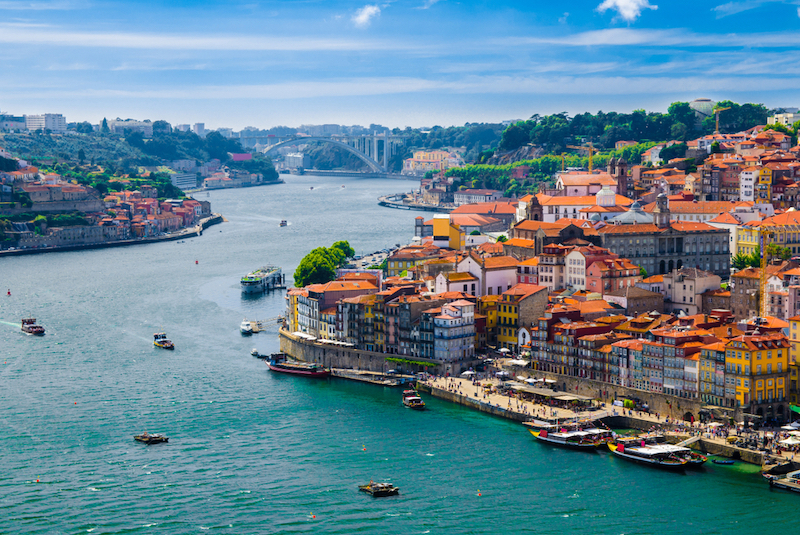


A few months later, I am now back in Spain with a digital nomad residency permit, allowing me to live here and travel within Europe freely, and work remotely. So how did I do it? It’s not as complicated as you might think and yes, you can do it too! If you dream of swapping that office cubicle or your home office for a Mediterranean beach or a charming European café, read on.
What is a Digital Nomad Visa?
A digital nomad visa or resident permit allows a person to work remotely or live from a country other than his or her home country. A visa from a European country gives you the flexibility to live and travel around Europe for one year.
Are you eligible?
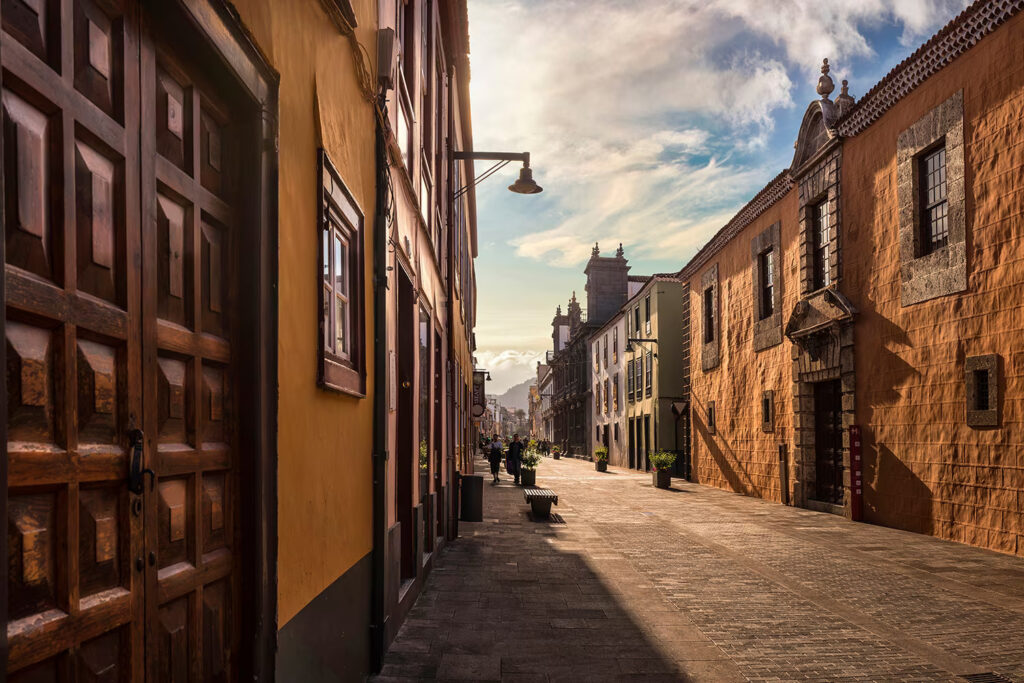


The first thing to do is to figure out if you meet the requirements for the visa and if you are able to acquire the documents needed. These vary according to each European country and include a minimum required income or savings, clean criminal records, a work contract, and health insurance to name a few. Some requirements are quite straightforward but can take months to even acquire the documents so it is important to know this ahead of time.
While Spain is my choice for a few personal reasons, there are several other European countries with digital nomad visa programs that Filipinos can consider. I picked the top 3 countries that I think are good choices in terms of cost of living and how easy it is to meet the requirements.
1. Portugal



Portugal attracts a number of digital nomads and travelers as it is still considered affordable to live in compared to other European countries. There are lots of co-working hubs, particularly in Lisbon and Porto. In Lisbon, there are about 16,000 digital nomads (whom locals say are driving up the cost of rent). It has generally nice weather and many locals also speak English. The country boasts beautiful scenery, vineyards, and coastal towns.
There is no Portuguese Embassy or Consulate in the Philippines. The Embassy of Greece in Manila handles all Portuguese visa applications so this is where you need to submit your application. You can apply for a residency visa that lets you stay in Portugal for 4 months and then change into a two-year residence permit once you arrive. It is possible to renew for 3 more years and though you only get double entry into Portugal, it is a visa that leads to citizenship or permanent residence.
In order to be eligible for this, you must have an existing contract and earn four times the minimum wage in Portugal. That means that, as of writing, you need to provide three months’ bank statements that show you earn at least 3,040 euros monthly (roughly P180,000). In addition, they require you to provide proof of health insurance, proof of accommodation for at least 6 months, and a clean certificate of criminal record (could be the NBI Clearance) to name a few.
The official website of the Portuguese Ministry of Foreign Affairs has the complete and most updated list of documents required.
2. Malta
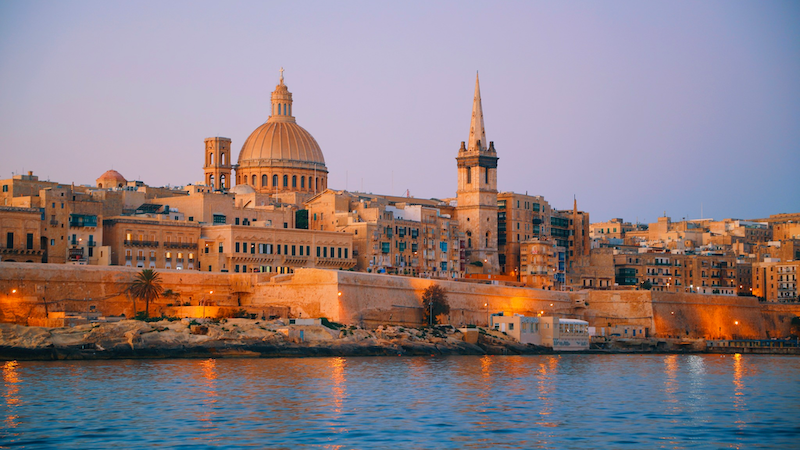


Located in the Mediterranean Sea between Sicily and Tunisia, Malta offers a pleasant climate, relatively low cost of living, low crime rate, stunning beaches, bustling nightlife, and an international community, making it a good destination for digital nomads. Most locals speak English, too!
The country offers a Nomad Resident Permit that allows you to work for any employer registered outside Malta. This permit is only valid for a year and does not lead to a permanent residency or citizenship, which is okay if you would like to live in or explore another country a year later.
The minimum salary requirement is 2,700 euros monthly (around P161,000) which a bank statement should support, and you must prove that you have been in work contracts for at least 5 months. Within 30 days of approval, you must show a valid property rental or purchase agreement, a valid health insurance policy, and a travel insurance policy that covers the whole duration of the permit.
The application is simply sent via email, and Filipinos still need an entry visa but their agency will also assist you with this, unless you already hold a valid Schengen tourist visa.
The whole process is detailed on their official website, where you can also download the checklists and application forms.
3. Spain
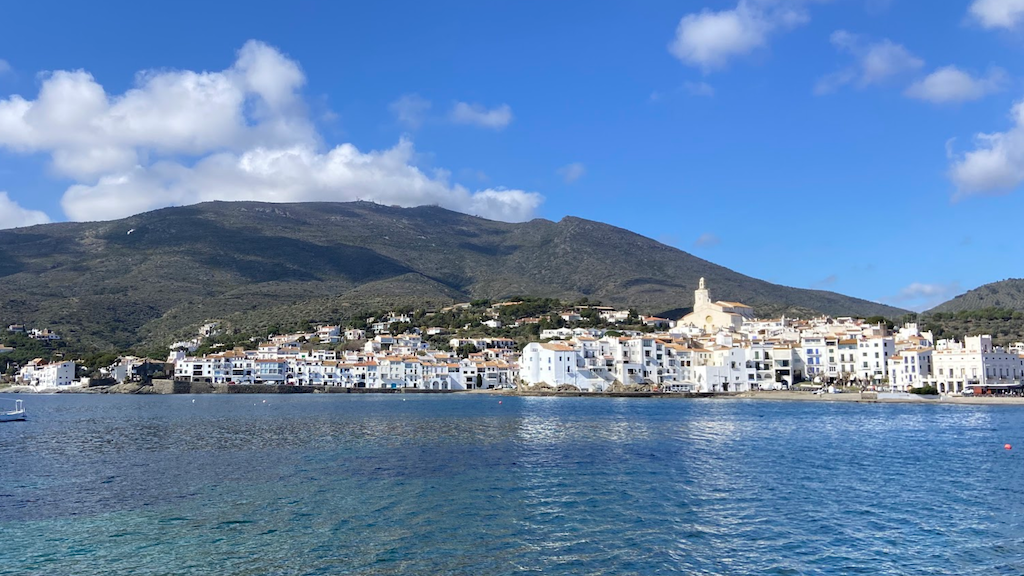


A comfortable climate, low cost of living, really good food (I mean it!), a good amount of Filipino and international communities, plus a pretty laid back culture, Spain is becoming a very attractive destination for digital nomads.
You can apply two ways: from the Philippines via the consulate or from Spain where you can submit the application online. If you apply from the Philippines, you will be issued a visa valid for one year that you can later change into a resident permit.
If you apply while already in Spain (meaning you entered Spain on a valid Schengen visa), you will be given a resident permit that’s valid for up to 3 years. That counts towards a permanent residency or in our case, a dual citizenship. This is a great route if your long-term goal is to be a European citizen who is able to travel freely across Europe in true digital nomad spirit! Besides, holding a Spanish passport means you can travel to 190 countries visa-free, as it holds the 2nd spot on the list of the world’s strongest passports.
You need to meet the minimum salary which is 2,520 euros a month (around P150,000), and be employed or in freelance contracts for at least 3 months with a company that has been operating for a year. Clear criminal records, bank statements, health insurance (if applying via consulate), are a few of the requirements.
Note that the documents need to be translated into Spanish by a translator accredited by the Spanish government. In addition, applying from Spain can be a bit complicated because the online system is in Spanish, so you may need either a local lawyer or a gestor to process for you. To apply from the Philippines, you have to submit your application via BLS International.
Ready to make the move?
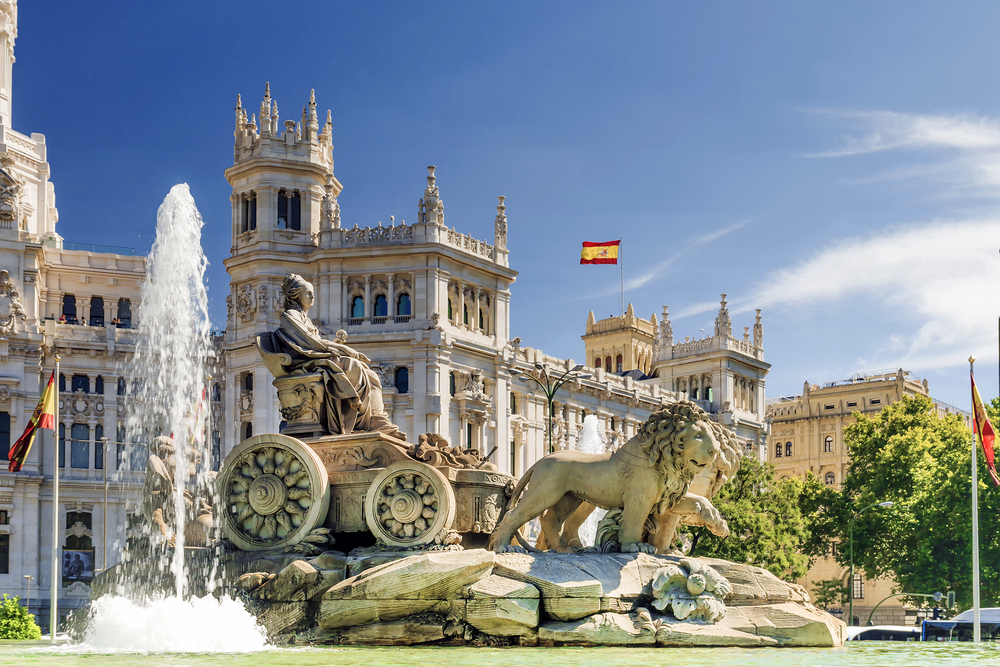


It is important to check each country’s official websites regularly. As this is a rather new type of visa, requirements can change or be updated very quickly. Once you have decided to apply, you must also consider the costs around acquiring official documents, sending them for notarization, getting them apostilled, sworn translated, and so on to name a few. You would also need to provide additional documents if you plan to bring a dependent or your partner with you.
Needless to say, a good amount of time and money is needed to prepare, but it can be done. It was a bit of a journey for me, but as I enjoy the warm colors of autumn from a town 10 minutes away from the beach in Barcelona, I’d say it’s all worth it!








